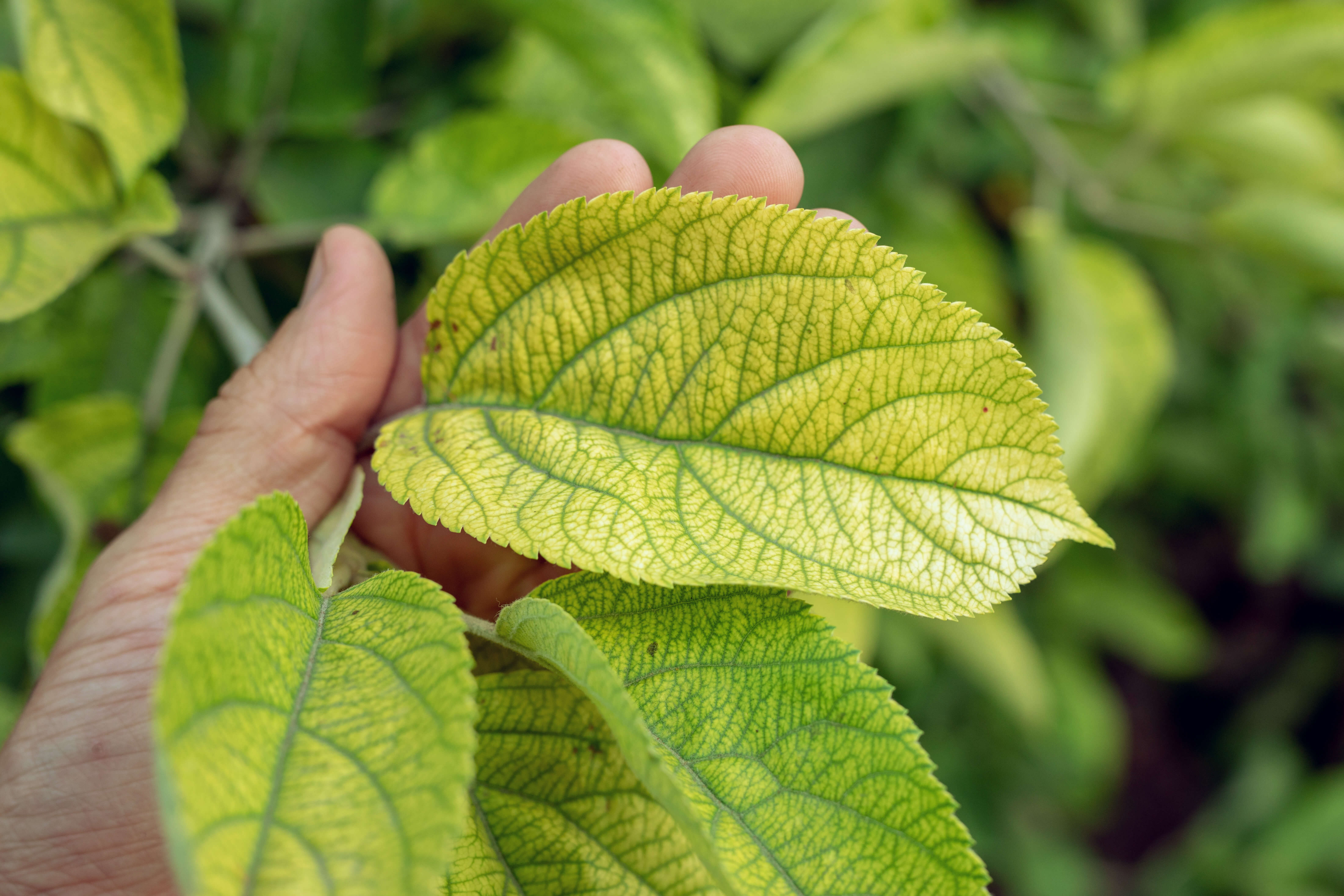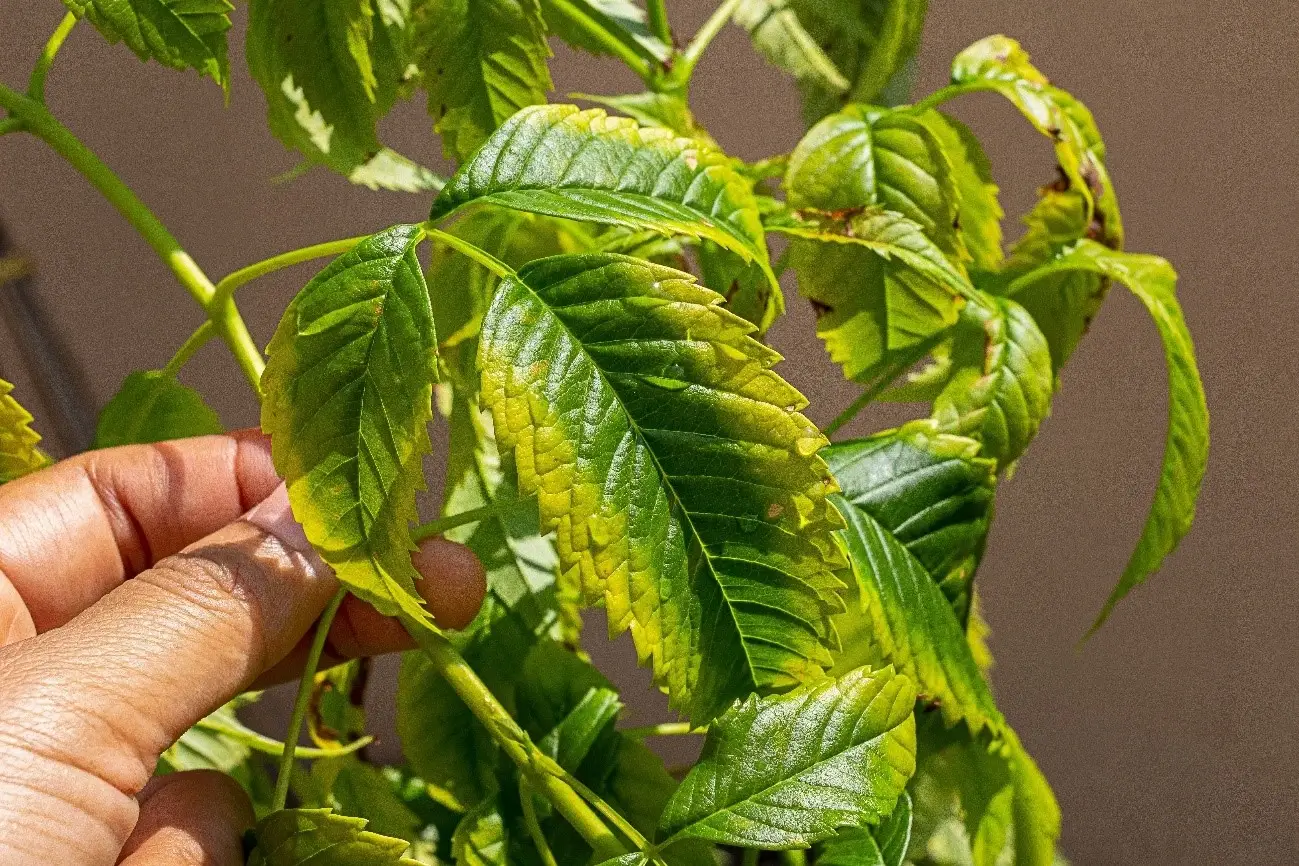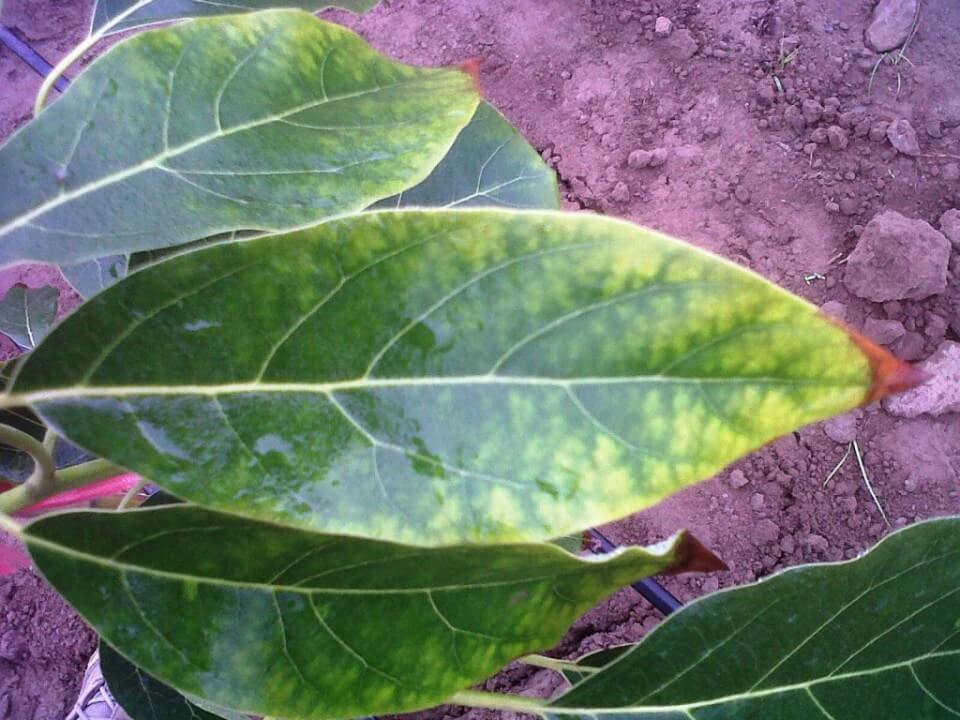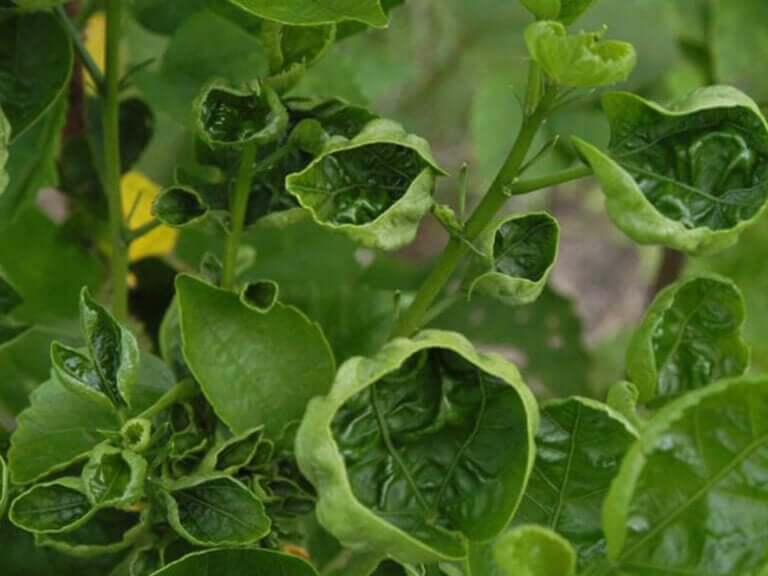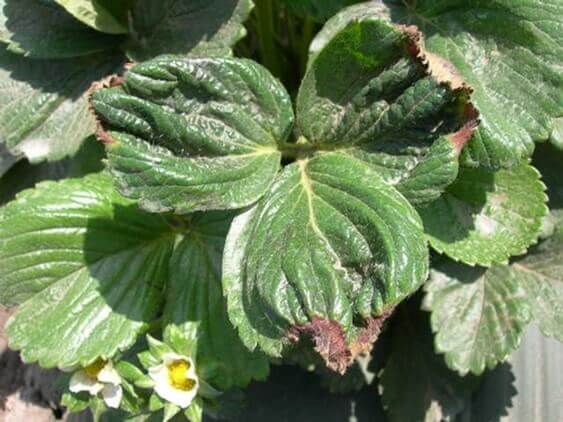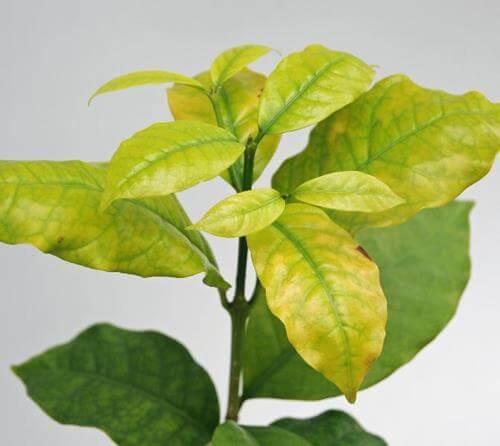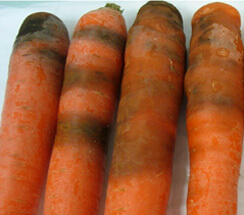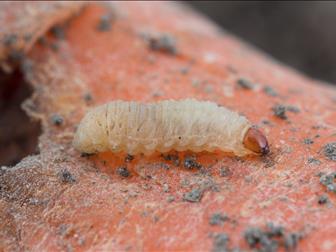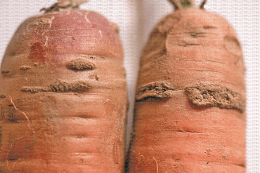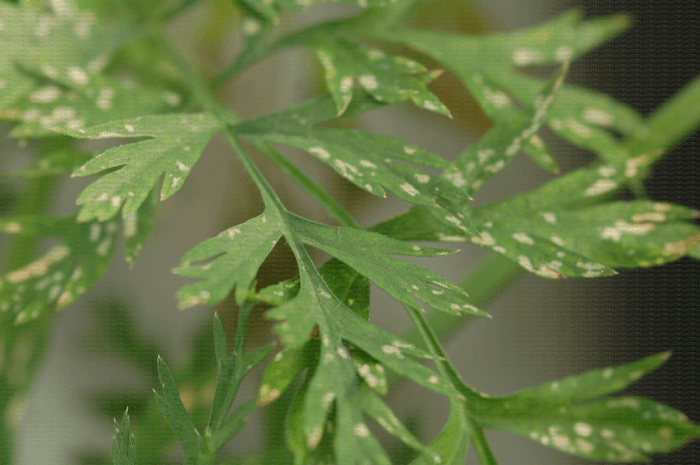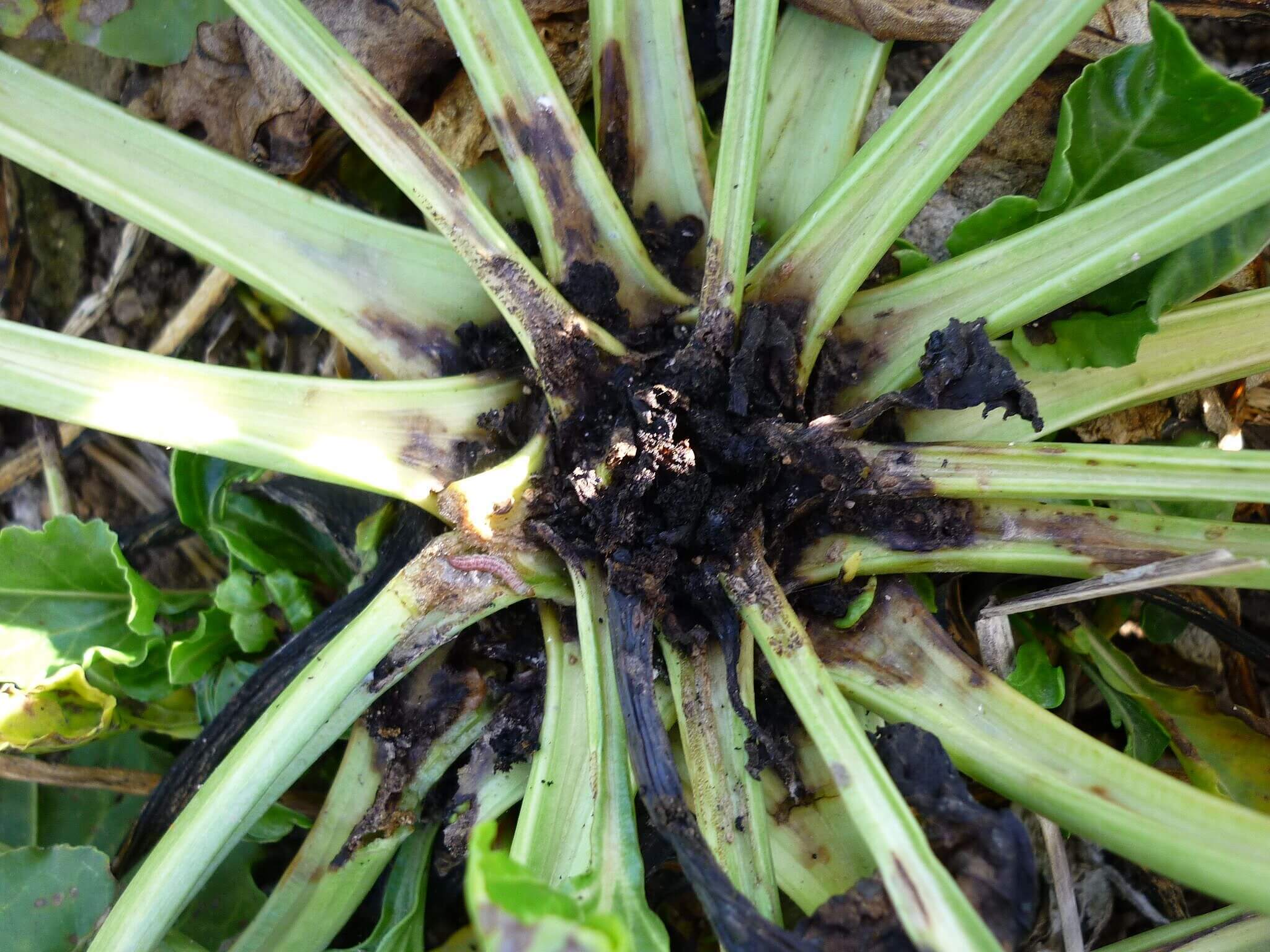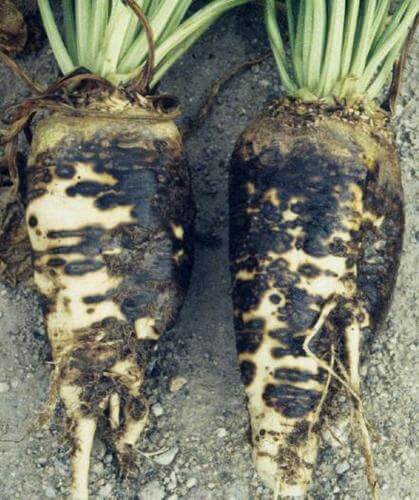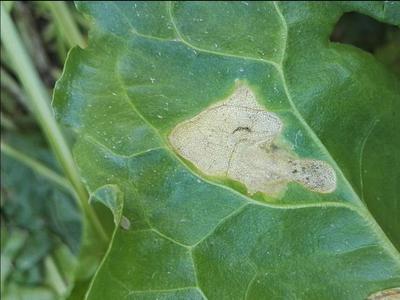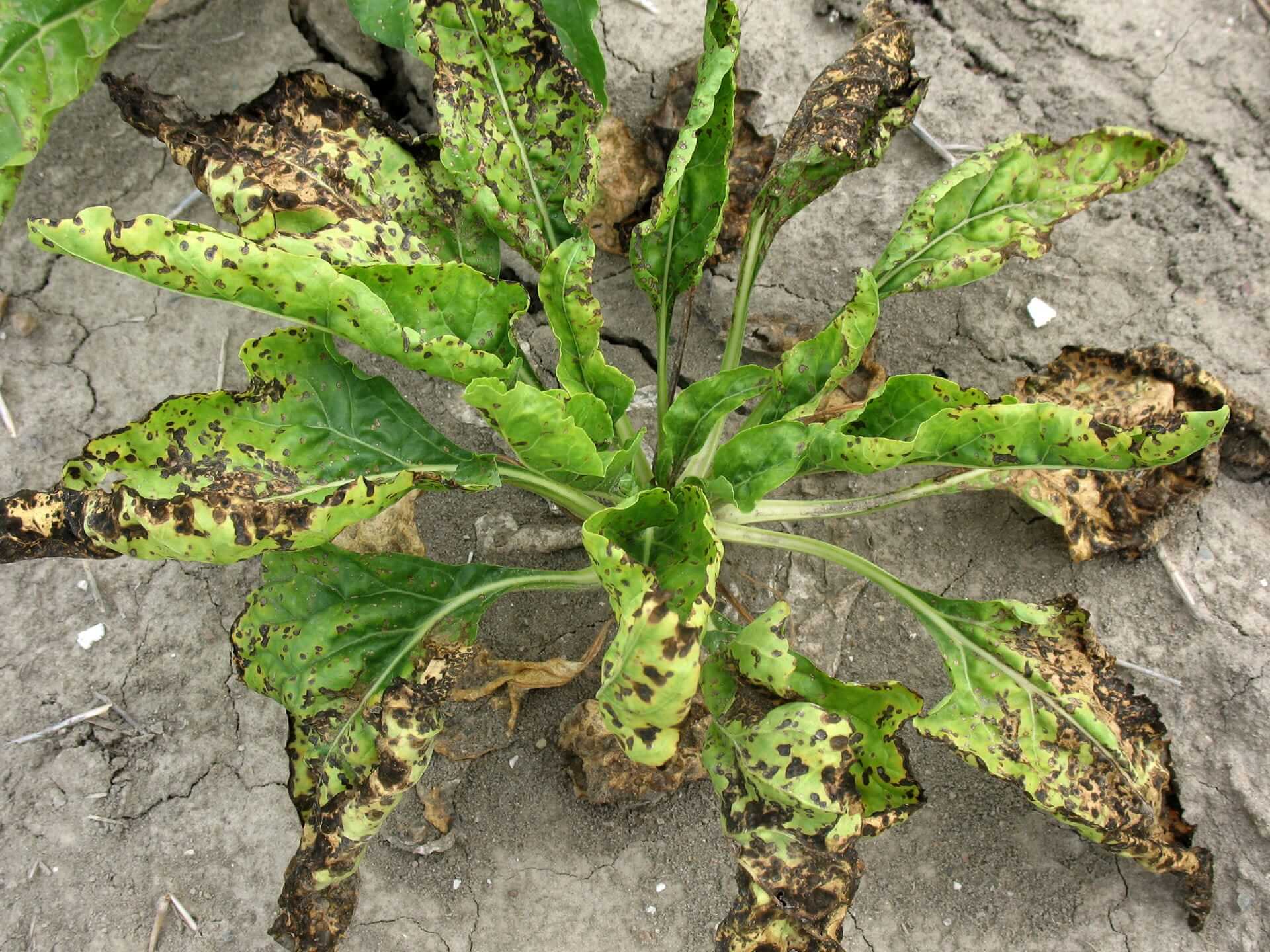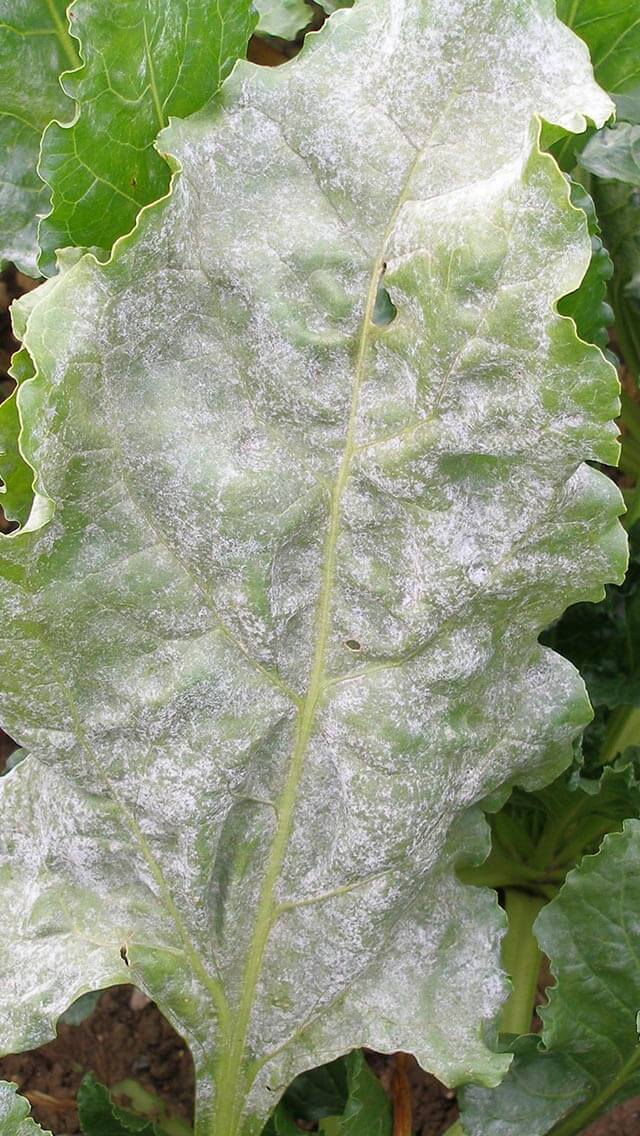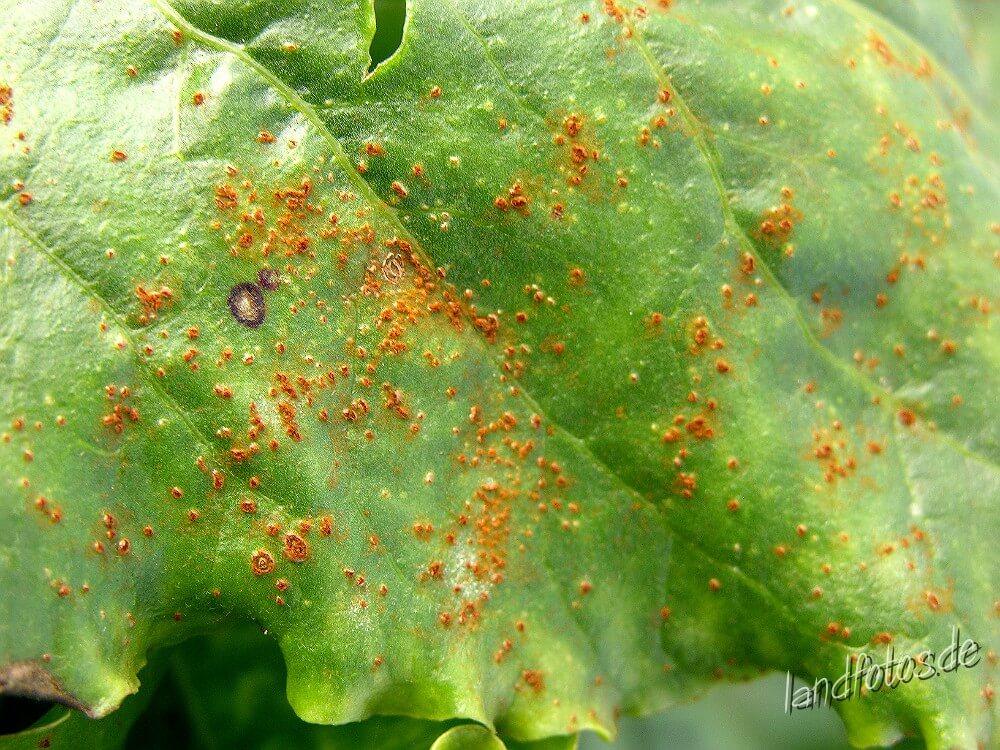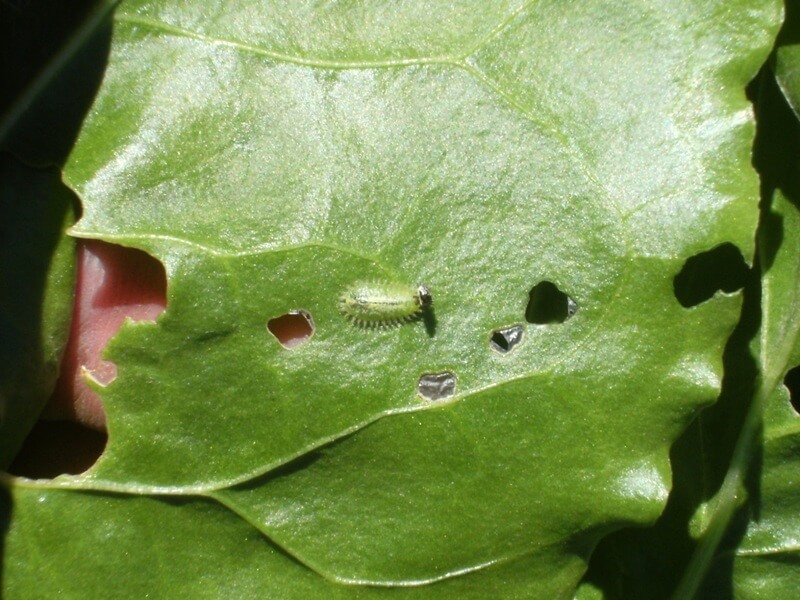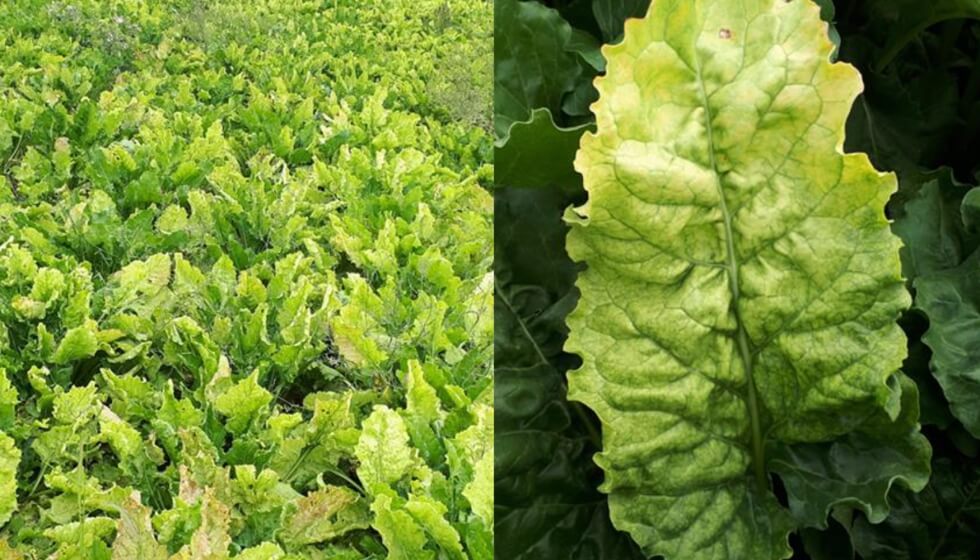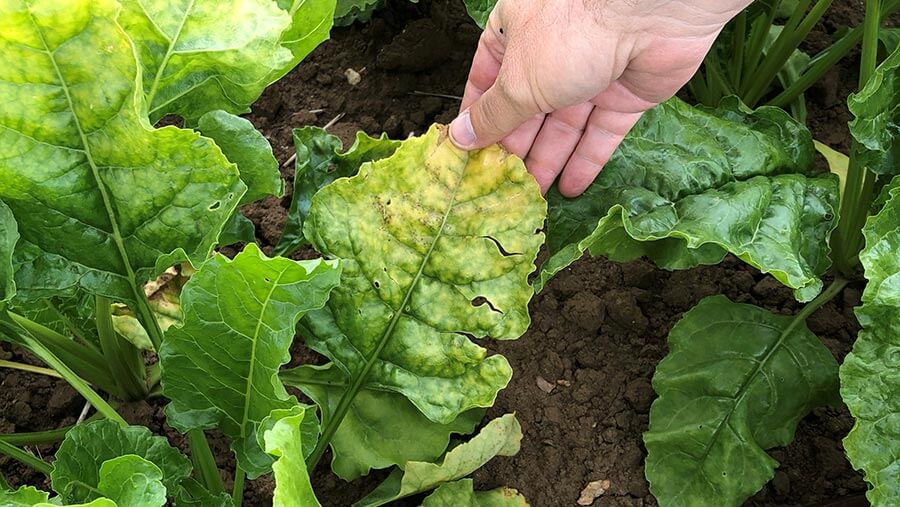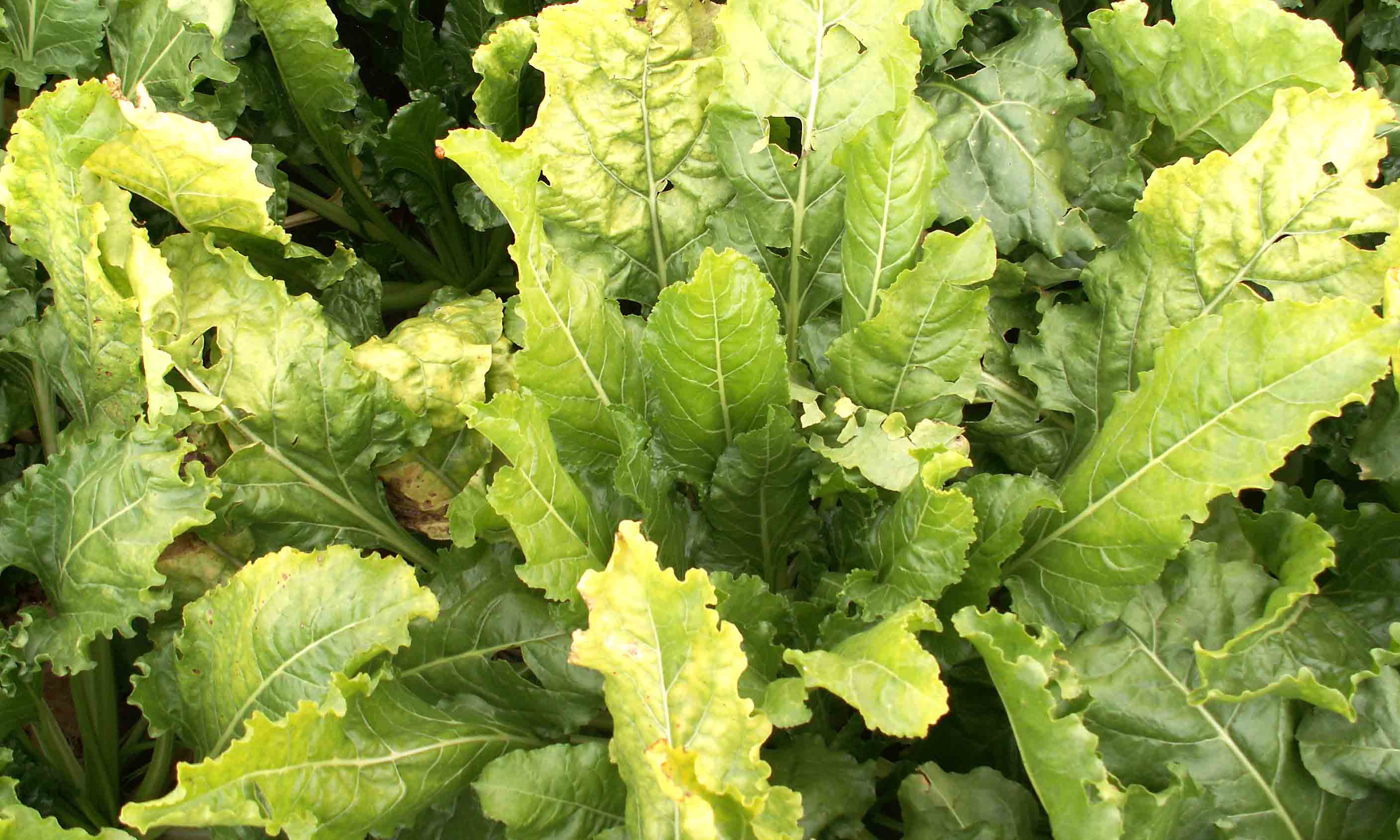
Olivo de verdeo / almanzara
How to recognize and combat tuberculosis in olive trees
Olive Tree Tuberculosis
Bacterium
Type:
Risk to the plant:
MILD
Pseudomonas Savastanoi
Pathogen:

Bacteriosis
WHO CAUSES IT?
Pseudomonas savastanoi is a phytopathogenic bacteria that affects olive trees, among other plants. This bacteria can enter olive trees through wounds caused by pruning, insects or adverse weather conditions. Once inside the plant, the bacteria stimulates the formation of tumors on the branches, trunk and leaves, preventing the normal flow of water and nutrients. The bacteria's spores can survive in soil and plant tissues for long periods, facilitating the transmission of the disease.
SYMPTOMS
The disease known as olive tuberculosis is caused by the infection of Pseudomonas savastanoi in olive trees. Symptoms of the disease include the formation of galls or tumors on the branches, trunk and leaves. These galls are initially soft, but over time they become woody. Tumors can block conductive vessels, reducing the flow of water and nutrients and weakening the tree.
• Formation of galls or tumors on the branches, trunk and leaves.
• Obstruction of the conducting vessels, causing weakness.
• Reduction in olive production.
• Loss of vigor in the tree.


DEVELOPMENT CONDITIONS
Temperature:
15°C - 25°C
Humidity:
60% - 80%
HOW IS IT SPREAD?
Wounds on the tree, contaminated pruning tools, insects, contact with infected plants.
HOW TO ELIMINATE IT?
Home treatments
There are no home treatments
Natural allies
Chemical treatments
There are no treatments for this disease. Treatments are directed at the insect vectors that transmit it. See insect treatments.
RECOMMENDED PRODUCTS TO ELIMINATE THE PEST
Sponsored link
Sponsored link
Sponsored link
Sponsored link
Sponsored link
Sponsored link
Sponsored link
Effective against all types of fungi
Sponsored link
Sponsored link
Sponsored link
Sponsored link
Sponsored link
REPELLENT PLANTS
-
RECOMMENDATIONS





















